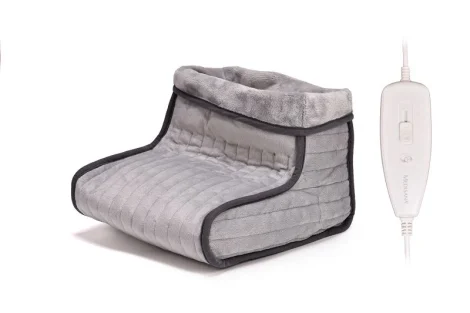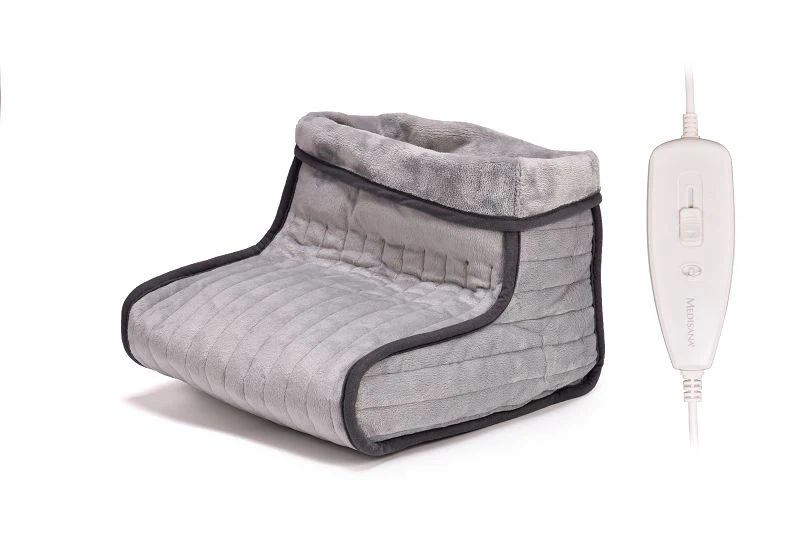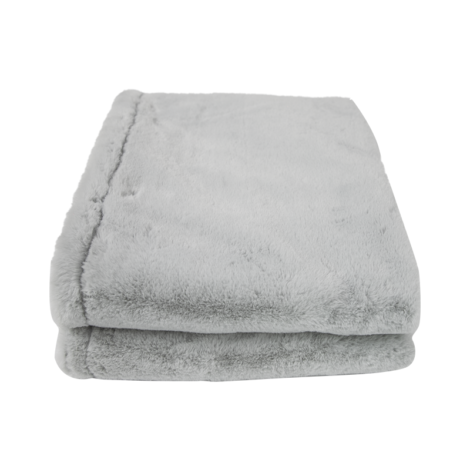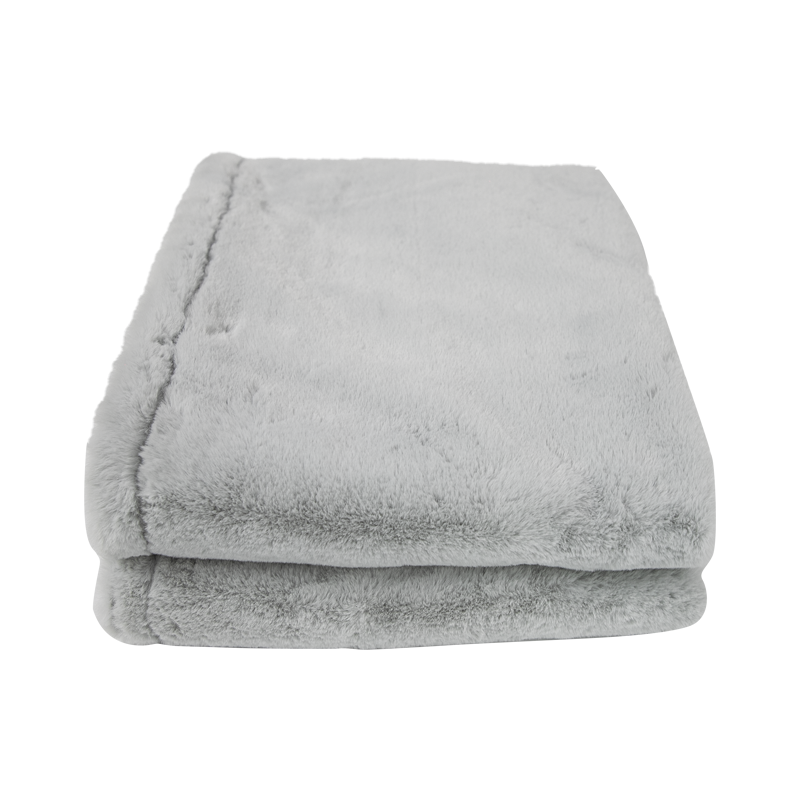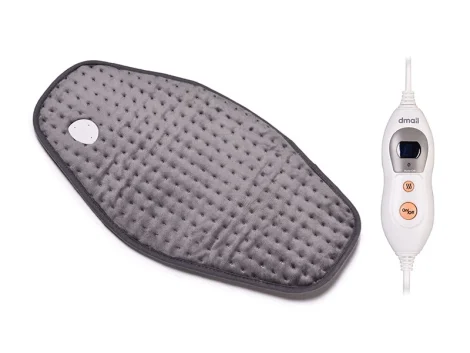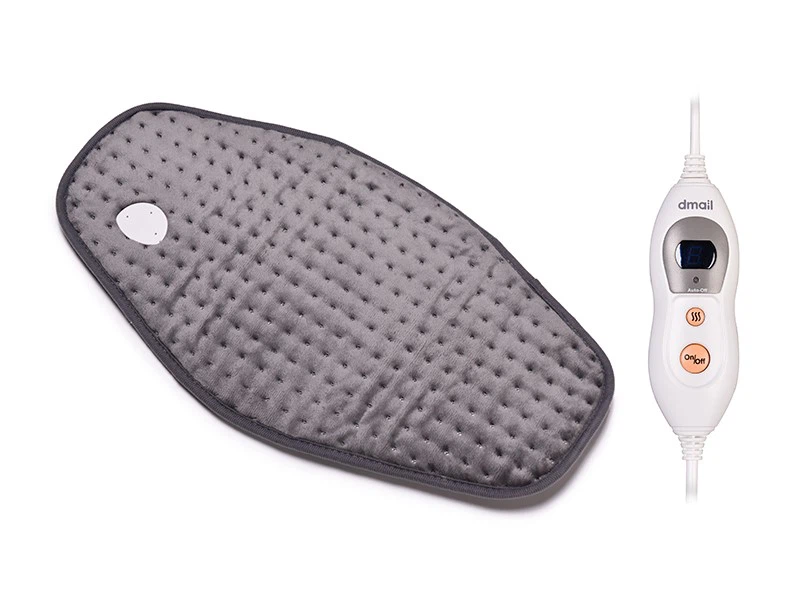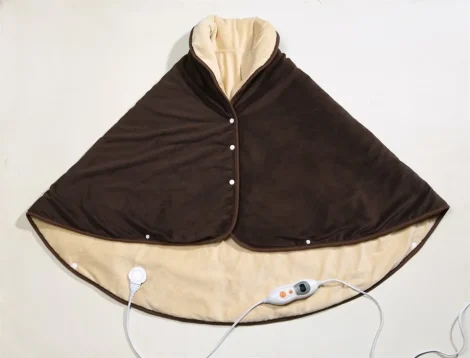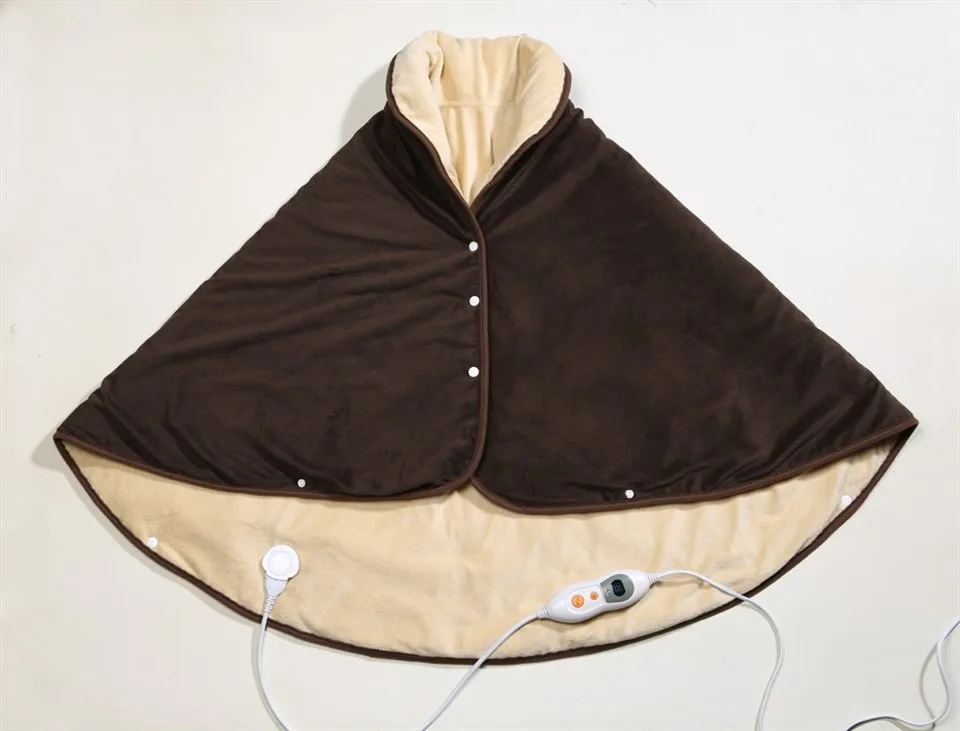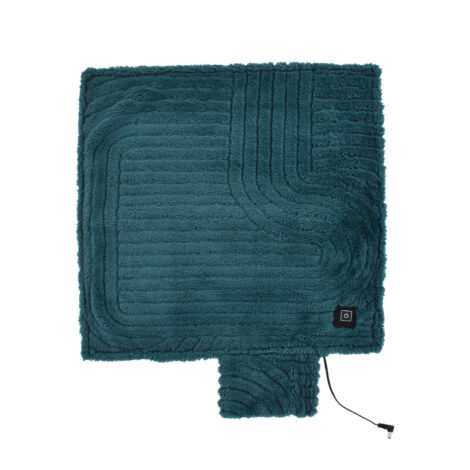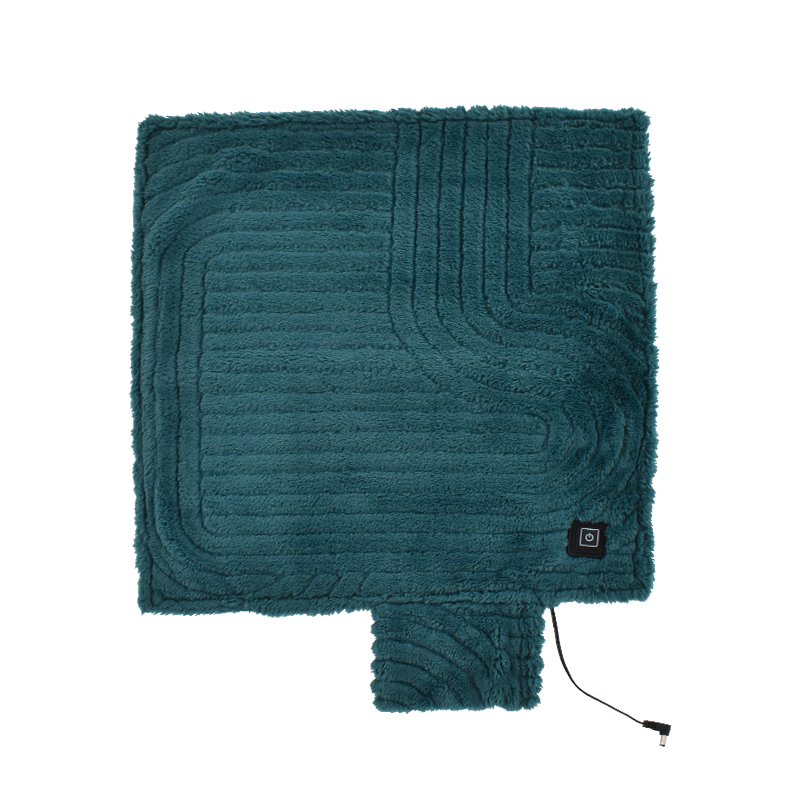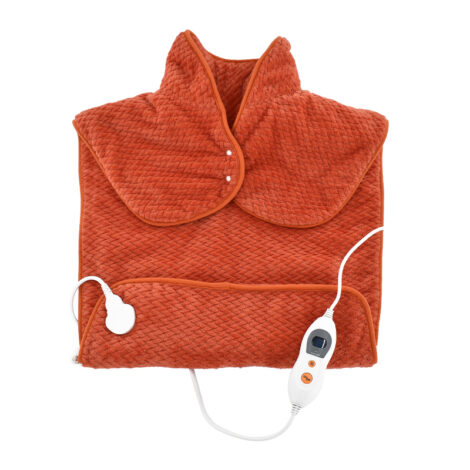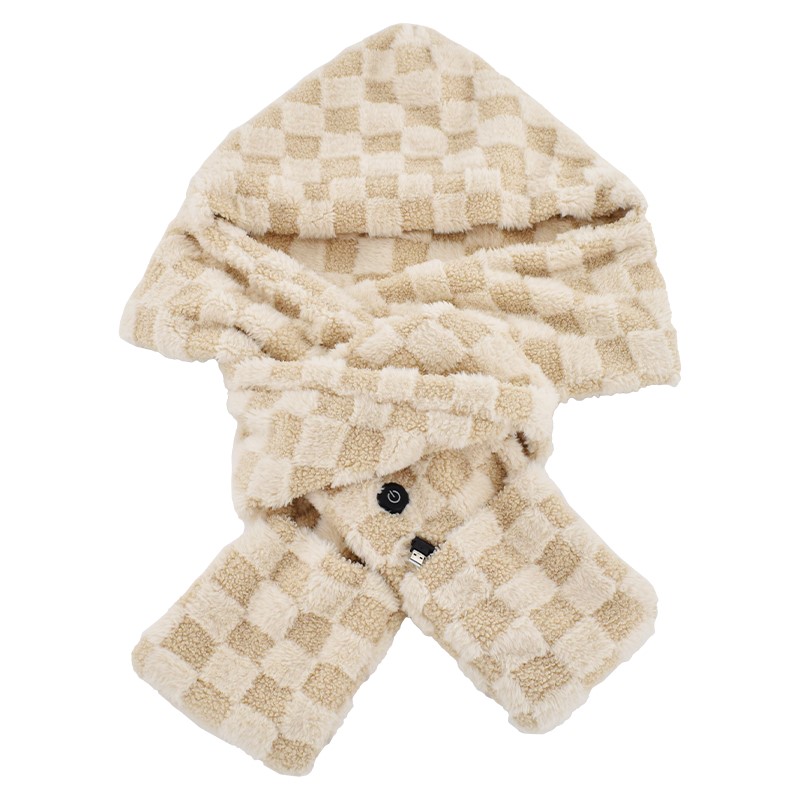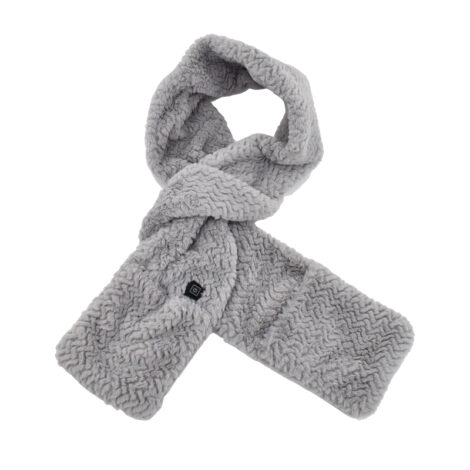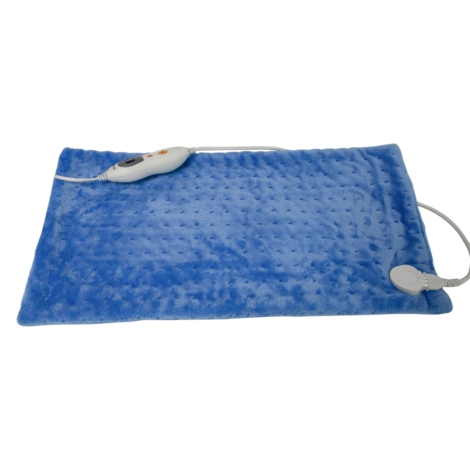Knowledge
How To Extend The Lifepan Of A Heating Belt
Heating belts are crucial components in various industries and personal applications, providing efficient heating solutions for motors, industrial equipment, medical therapy, and home use. To maximize the durability and performance of heating belts, proper care and adherence to best practices are necessary. By implementing strategic maintenance measures, users can prevent premature wear, reduce downtime, and enhance overall efficiency. This article outlines key strategies to extend the lifespan of heating belts while ensuring optimal safety and functionality.
1. Select the Appropriate Power Source
A primary factor in maintaining the longevity of heating belts is using an appropriate power source. Matching the belt’s power requirements with the correct voltage and wattage ensures efficient operation. Overloading a heating belt with excessive power can cause overheating, insulation damage, and reduced efficiency. Conversely, underpowering the belt can lead to insufficient heating, forcing the system to work harder and shortening its lifespan. In industrial applications, integrating an additional heating strip for high-power demands helps distribute the load evenly, preventing unnecessary operational stress.
2. Ensure Proper Usage Conditions
Heating belts are designed for specific environmental conditions, and their lifespan can be significantly affected by external factors. Users should avoid operating heating belts in areas with high moisture levels, corrosive gases, or volatile chemicals. These conditions can degrade insulation materials, leading to electrical faults and safety hazards. Ensuring that the belt is securely attached to the surface prevents movement that may cause wear and tear. Proper installation not only enhances efficiency but also minimizes risks associated with uneven heating and potential damage.
3. Conduct Regular Maintenance Checks
Routine inspections and proactive maintenance are key to extending the service life of heating belts. Regularly checking for signs of wear, such as frayed wires, damaged insulation, or burnt spots, helps identify potential issues before they escalate. Cleaning the heating belt to remove accumulated dust, dirt, and debris prevents blockages and overheating. Additionally, replacing worn-out components promptly ensures consistent performance, reducing unexpected failures and costly downtime.
Checklist for Maintenance Checks:
Inspect electrical connections and wiring for damage.
Check the insulation for signs of wear, cracks, or burns.
Clean dust and dirt buildup to prevent overheating.
Test the heating belt’s temperature control system.
Ensure secure attachment to avoid loose connections.
4. Adopt Proper Storage Practices
When heating belts are not in use, appropriate storage methods can prevent material degradation and extend their lifespan. Storing heating belts in a clean, dry, and well-ventilated area protects them from excessive moisture, dust, and temperature fluctuations. Rolling the belt carefully, rather than folding it, prevents internal damage to the heating elements. Additionally, avoiding sharp bends or placing heavy objects on stored belts reduces the risk of insulation cracking or wire breakage.
Best Practices for Storage:
Keep belts in a moisture-free environment.
Store in a dust-free location to prevent contamination.
Roll loosely instead of folding to avoid stress on internal wiring.
Protect from extreme temperature changes to maintain material integrity
5. Monitor Operating Temperature
Overheating is one of the leading causes of premature failure in heating belts. Excessive temperatures can lead to insulation melting, material fatigue, and increased fire risks. Using a temperature control device or thermostat helps regulate the belt’s heat output, preventing overheating and ensuring consistent performance. Monitoring temperature levels during prolonged use not only enhances safety but also optimizes energy efficiency.
Temperature Control Tips:
Use a thermostat to regulate heating levels.
Set the belt to the recommended temperature range.
Avoid prolonged exposure to maximum heat settings.
Monitor for unusual heat fluctuations that may indicate system issues.
6. Educate Users on Safety Guidelines
Proper handling and usage play a vital role in extending the lifespan of heating belts. Educating users about safety guidelines reduces the likelihood of misuse, such as applying excessive tension, exposing belts to harsh chemicals, or exceeding the recommended operating limits. Providing clear instructions and conducting training sessions on proper handling and maintenance can significantly improve longevity and reliability.
Key Safety Guidelines:
Do not exceed the belt’s recommended voltage and wattage.
Avoid placing the belt near flammable materials.
Prevent excessive bending or stretching.
Ensure proper ventilation during prolonged use.
Disconnect power when performing maintenance or inspections
By implementing these measures, users can significantly extend the lifespan of their heating belts, ensuring reliable performance and minimizing the need for frequent replacements. Investing in quality products and adopting proactive maintenance not only enhances operational efficiency but also reduces long-term costs associated with repairs or replacements.
Shortened URL https://www.sshine-vn.com/knowledge/how-to-extend-the-lifepan-of-a-heating-belt/

